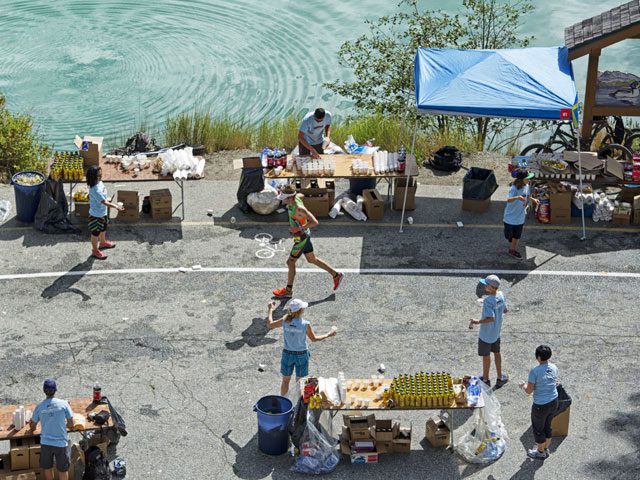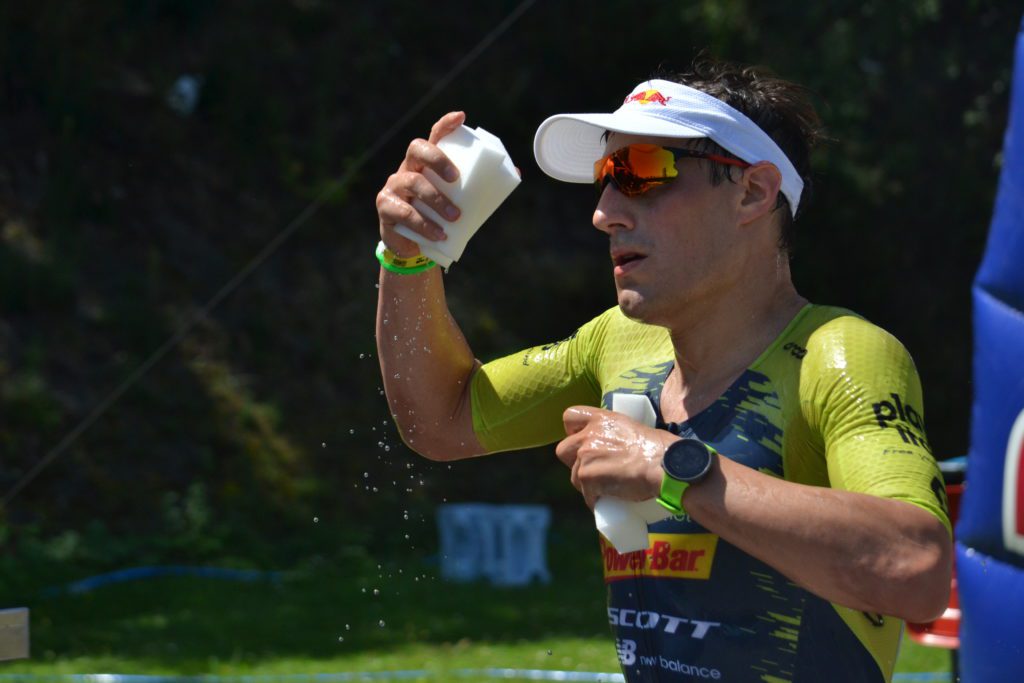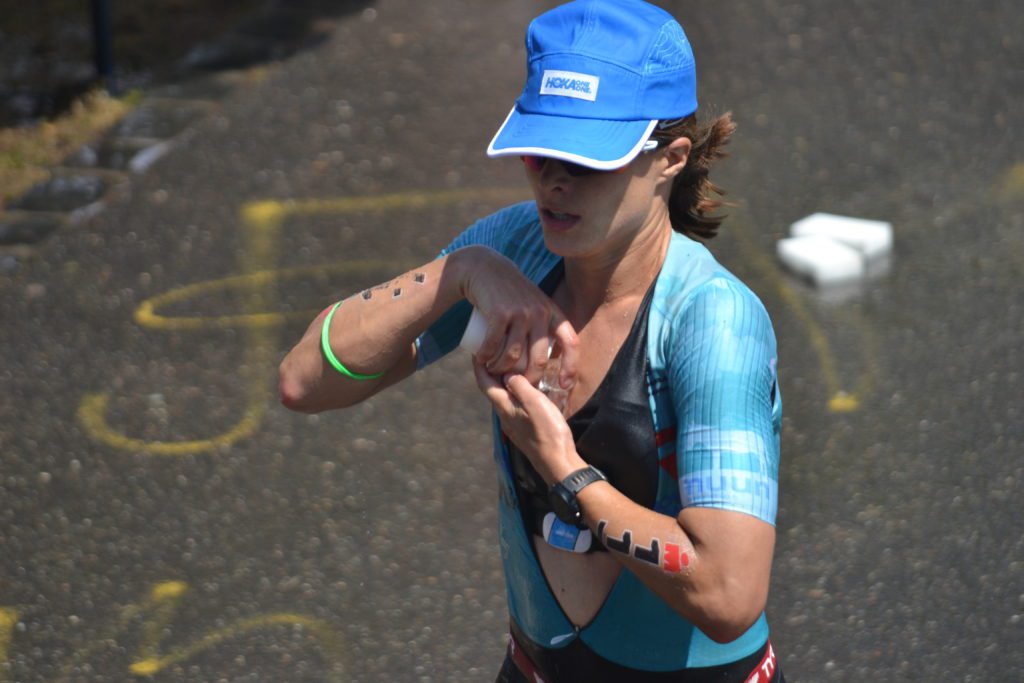Determining your hydration strategy for a triathlon
When setting a plan for race day it's important to consider the conditions, acclimation to the weather, fitness and tolerance.

Hydration is a subject that has been studied by sports scientists and nutritionists to understand the effect of dehydration and to establish guidelines on the amount of fluid to be consumed during physical exertion. Despite significant amounts of research in this area, it is a subject of constant debate.

First, why do we drink during a prolonged effort?
- Replenish loss water created by sweating
- To ingest ingredients present in the drink that can help improve performance, such as carbohydrates, electrolytes and caffeine
- For comfort and thermoregulation of the body (especially in hot and humid conditions)
Related: How to train your body to race in the heat and humidity

Before discussing the recommended amount of water or drink to consume during an effort, it is important to consider that the “cost” associated with drinking.
During a competition, there is sometimes an effort associated with the action of drinking. For example, water bottles on the bike add extra weight and can affect aerodynamics. There is also a “cost” in time. For instance, during a triathlon, you have to slow down slightly to get a bottle of water in an aid station. Finally, there is also a risk of stomach problems if you drink too much.
Therefore, when determining hydration guidelines, these three factors should be considered: effort, time and risk of gastrointestinal problems. Since 1970, hydration guidelines have changed dramatically. In 1970, the IAAF did not allow water stations before the 15-kilometre marker in long-distance events. In 1975, the American College of Sports Medicine (ACSM) changed the guidelines to allow access to only water from the start of long-distance competitions. Despite there being evidence of the benefits of consuming carbohydrates during an effort longer than one hour.
Related: Top five tips to avoid dehydration in a triathlon
In 1996, ACSM updated the guidelines by recognizing the importance of consuming carbohydrates and electrolytes during prolonged exercise. The ACSM advised drinking as much liquid as possible to minimize the loss of fluid. Several sports scientists and nutritionists have criticized this directive because of the significant risk of hyponatremia associated with the high consumption of electrolyte-free fluid.
Since then, the ACSM, the National Athletic Trainers Association (NATA) and the International Olympic Committee (IOC) have begun to consider the individual demands of each participant. They determined a “Gold Standard” of water weight loss at less than two per cent of body weight. This recommendation is based on the fact that several studies have shown a decrease in physiological and cognitive performance when water weight loss.

Related: Ironman Nutrition: Liquids or Solids?
During Ironman triathlons, the majority of fluids are consumed on the bike as it is easier to ingest liquids than when running. On average, 400-900 ml of liquid per hours is consumed on the bike versus only 300-700 ml per hour when running. About two-thirds of the fluids consumed contain carbohydrates, contributing to about 50% of the carbohydrates consumed during the race.
In short, it is complicated to have precise guidelines on the amount of liquid to consume. First, the amount of fluid to be consumed depends on the conditions (temperature and humidity), level of fitness, acclimation and sweat rate. Also, the amount of liquid to be consumed is greatly affected by the type of competition and the “cost” associated with the consumption of a large quantity of water (cost in additional effort, time and risk of having problems gastrointestinal).
It is recommended to test different nutrition and hydration strategies during training.
